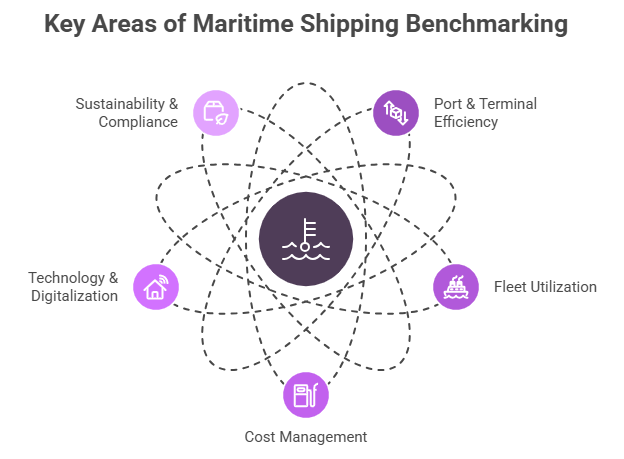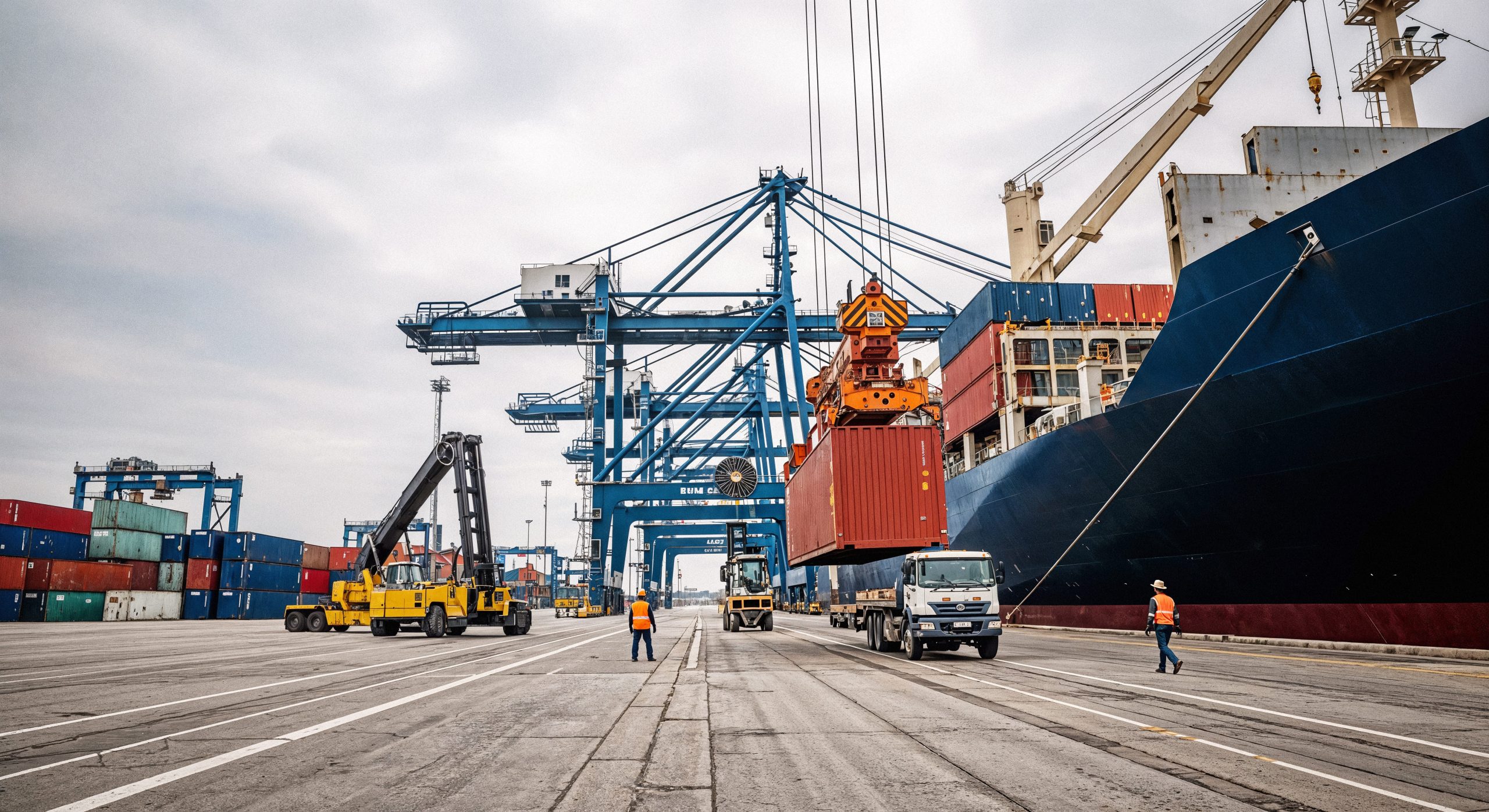Maritime shipping powers the global economy, carrying more than four-fifths of world trade across oceans. Yet, despite its scale, the industry continues to grapple with recurring challenges such as port congestion, vessel delays, rising fuel costs, and tightening environmental regulations. These bottlenecks not only disrupt supply chains but also increase costs and erode customer confidence.
To stay competitive, shipping lines, port operators, and logistics providers need performance benchmarking analysis. By systematically comparing key operational, financial, and sustainability metrics with global leaders, maritime players can identify inefficiencies, optimize fleet and port performance, and build resilience into their networks. Benchmarking, when used strategically, is a powerful lever to reduce congestion, cut delays, and strengthen competitiveness in an increasingly demanding global trade environment.
Why Maritime Shipping Benchmarking Matters
Congestion and delays in maritime shipping are not just operational challenges but they create cascading effects on global supply chains, driving up costs and reducing reliability. Benchmarking provides a structured way to measure performance, compare with industry leaders, and identify areas where improvements can deliver the greatest impact.
Key Areas Where Benchmarking Delivers Value

- Port & Terminal Efficiency – Comparing vessel turnaround times, berth productivity, and container dwell times to pinpoint bottlenecks and improve flow.
- Fleet Utilization – Assessing vessel capacity use, idle periods, and voyage planning efficiency to ensure maximum asset productivity.
- Cost Management – Benchmarking bunker fuel consumption, port handling charges, and maintenance practices to uncover cost-saving opportunities.
- Technology & Digitalization – Evaluating adoption of port community systems, IoT-based tracking, and predictive maintenance to enhance visibility and reduce downtime.
- Sustainability & Compliance – Measuring emissions per voyage, ballast water management, and readiness for IMO 2023 and other international standards.
By focusing on these dimensions, maritime players can transform benchmarking insights into tangible actions, ensuring smoother operations, lower costs, and greater reliability across trade routes.
Nexdigm’s Benchmarking Approach for Maritime Shipping
At Nexdigm, we help shipping lines, port operators, and logistics providers go beyond surface-level reviews by delivering data-driven benchmarking frameworks that address the real causes of congestion and inefficiency. Our maritime shipping performance benchmarking approach combines competitive intelligence, global benchmarks, and actionable insights to create measurable improvements.
How We Deliver Value
- Comprehensive KPI Framework – Covering vessel turnaround times, berth utilization, container dwell times, fuel efficiency, maintenance costs, and sustainability metrics.
- Global-to-Regional Comparisons – Benchmarking performance across major trade lanes and ports, while accounting for regional infrastructure and regulatory realities.
- Congestion Analysis Models – Using benchmarking data to design strategies for berth allocation, vessel scheduling, and cargo flow optimization.
- Technology & Digital Benchmarking – Evaluating adoption of advanced tools such as IoT-based shipment visibility, port community systems, and predictive maintenance solutions.
- Actionable Outcomes – Delivering clear recommendations that reduce delays, improve cost predictability, and enhance customer confidence.
By applying this structured methodology, Nexdigm enables maritime stakeholders to turn benchmarking insights into operational excellence, creating shipping networks that are leaner, more reliable, and future-ready.
To take the next step, simply visit our Request a Consultation page and share your requirements with us.
Harsh Mittal
+91-8422857704

